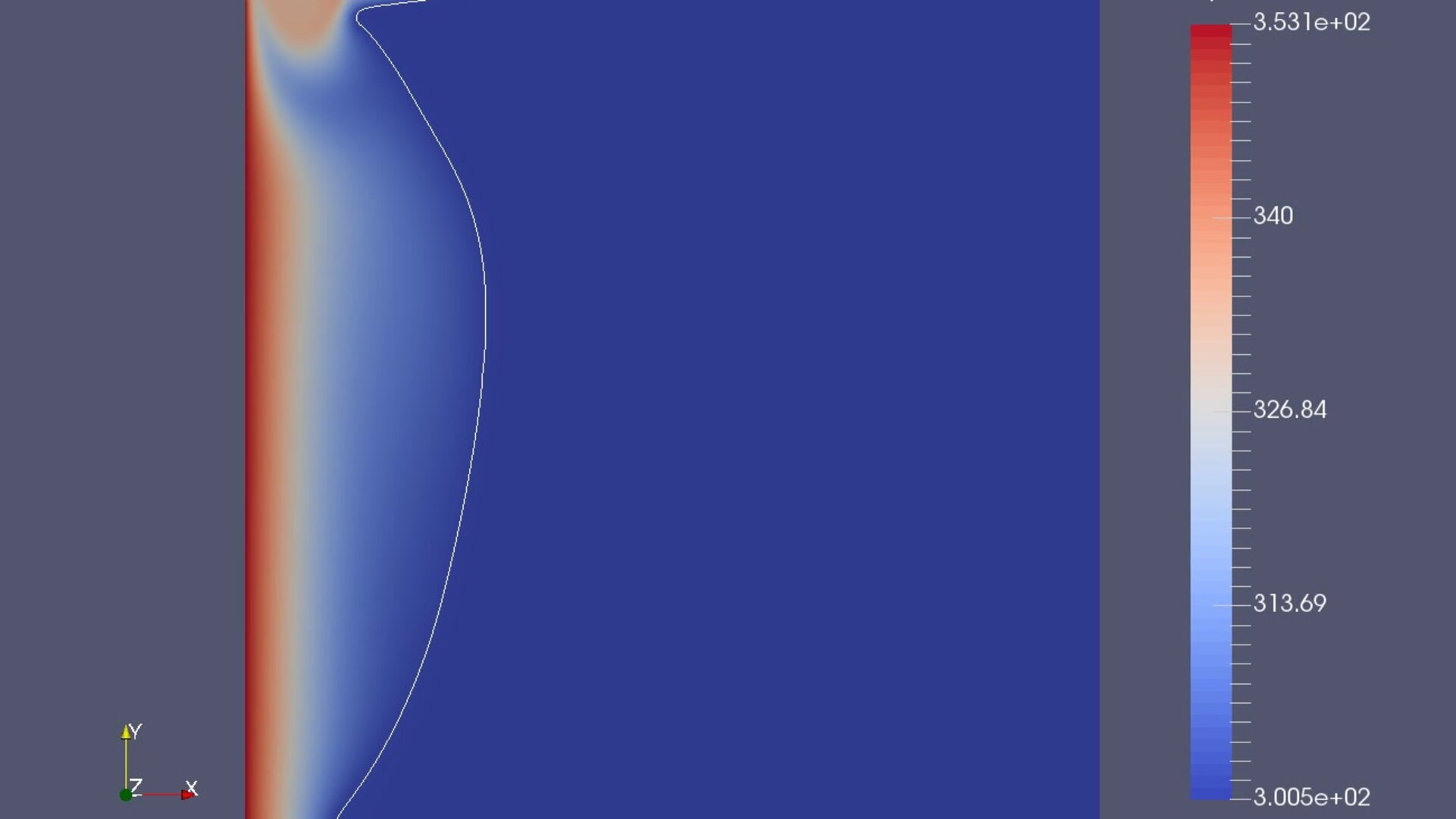Meet the teams: TEPiM
The TEPiM team is composed of two PhD candidates and two master degree students from the Polytechnic University of Madrid (UPM) in Spain. They have designed an experiment which aims at understanding how Phase Change Materials behave when they are melted in weightlessness.
![]()
Thermocapillary Effects in Phase Change Materials in Microgravity (TEPiM) project![]()
![]()
| University | Escuela Técnica Superior de Ingeniería Aeronáutica y del Espacio, Universidad Politénica de Madrid, Spain |
| Endorsing professor |
Ana Laverón Santiago Madruga Universidad Politénica de Madrid, Spain |
| ELGRA mentor |
Valentina Shevtsova Microgravity Research Centre at the Université Libre de Bruxelles |
| Team |
Andrés Cobos José Miguel Ezquerro Almudena Callejo Pedro Mongelos |

Phase Change Materials (PCMs) take advantage of their high latent heat of the solid/liquid phase transition to store and release a large amount of heat energy. This way, PCMs absorb energy from their environment during the melting process and release this energy during the solidification. In these processes the temperature remains constant.
Thanks to this feature, PCMs are useful for passive thermal control systems and extreme temperature dampers on ground and in space. Unfortunately the melting process in microgravity conditions is slower than that in the presence of gravity. This is due to the fact that in space the process is only based on conductive heat transmission. However, on ground a thermal gradient always generates a convective motion. This convective heat transmission is more effective than pure conductive heat transmission.
With the aim of quickening the melting process, the TEPiM team proposes to include an air layer in the PCM cells to generate a Marangoni flow in the liquidated PCM (based on thermocapillary forces) and thus a convective heat transmission.
The team has been working in a numerical model that takes into account the energy equation, convective transport and tracking of the solid/liquid interface to predict the PCM behaviour under microgravity conditions with a free surface. With this model, the team will be able to predict the behaviour of the PCM during its melting process in presence of an air layer under a microgravity environment.
The experiment that is going to be carried out in the Fly Your Thesis! program will allow to test and validate the numerical model. This will permit the creation of improved designs of passive thermal control systems based on PCMs with better performance in thermal control under microgravity.
The experimental set up is a prismatic cell filled with octadecane paraffin in solid state and air. During the micro-g phases of the parabolic flight, it will be heated at one of its sides to produce the liquation of the paraffin under microgravity conditions. The melting process will be recorded in order to monitor the movement of the solid/liquid interface. This will be compared to the one predicted by the model.


Access the video

